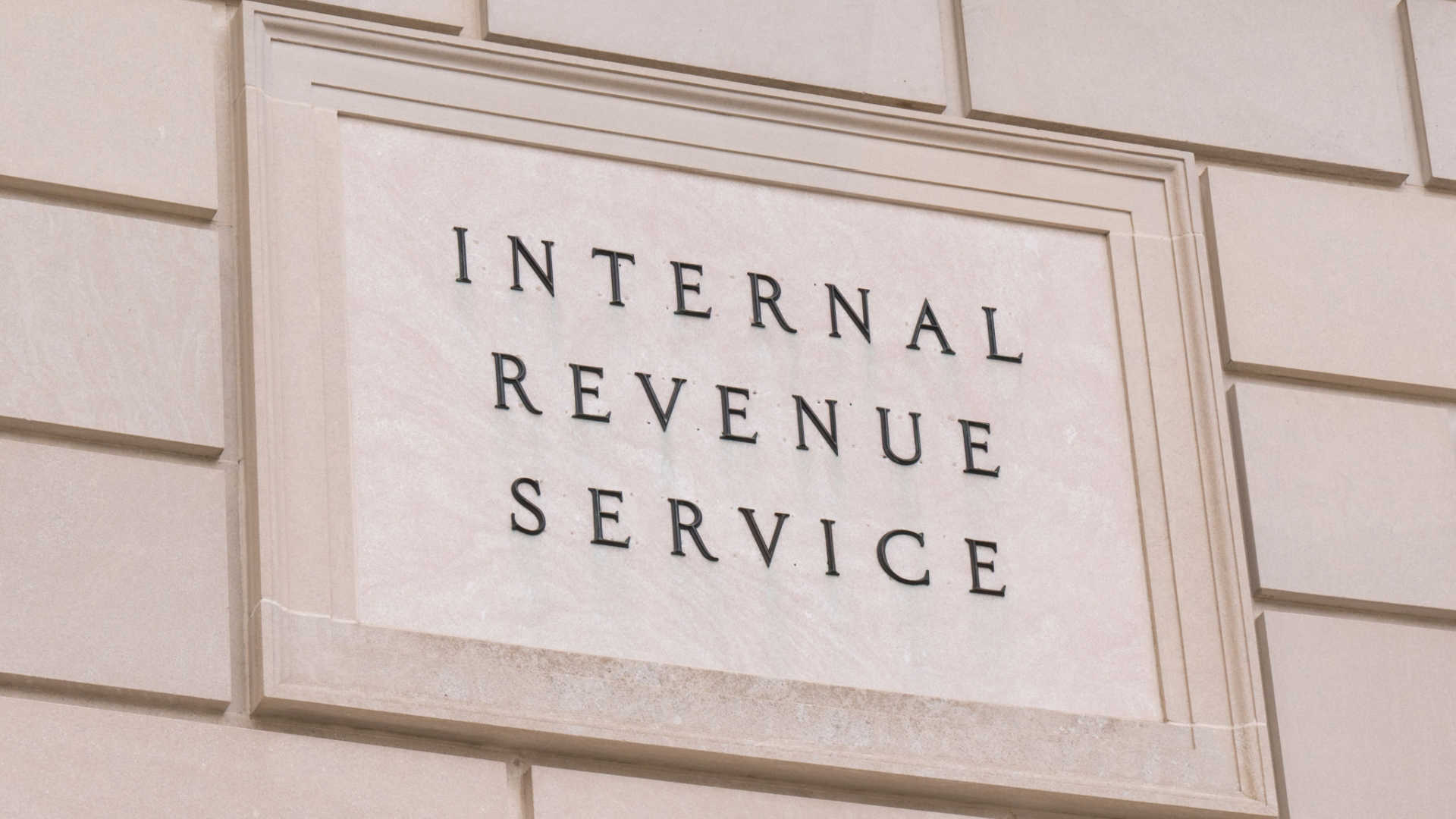Has your company outgrown its Professional Employer Organization (PEO)?
It happens for all sorts of reasons. You may need an HR program that’s more customized for your organization’s needs than a PEO can provide. Your needs for benefits and HR strategies to help you compete for and keep talent may not be so easily met by the PEO’s one-size-fits-all approach. Plus, the PEO may not be as cost-effective these days for your expanding payroll, or maybe it’s time for the tax credits to start accruing to your company instead of the PEO.
Breaking up does not have to be hard to do, and timing is a big influence over how smoothly the termination goes. Here are key considerations:






















